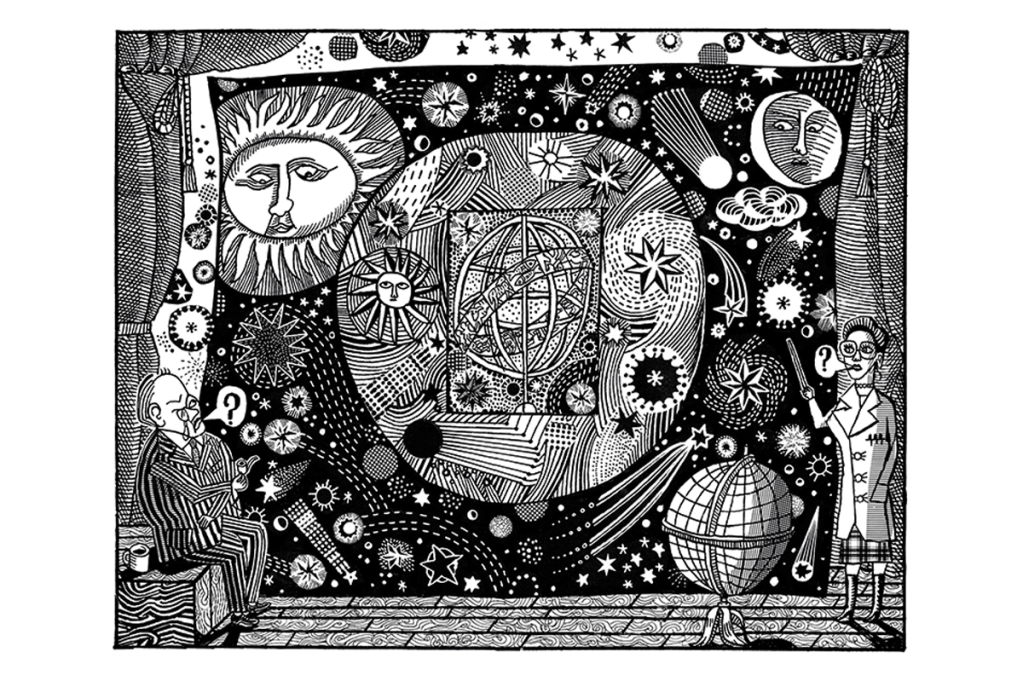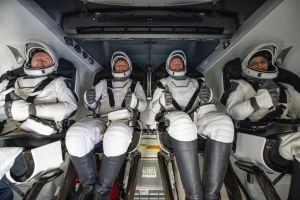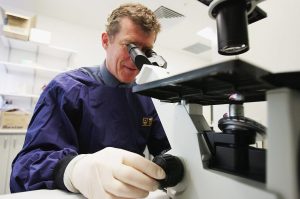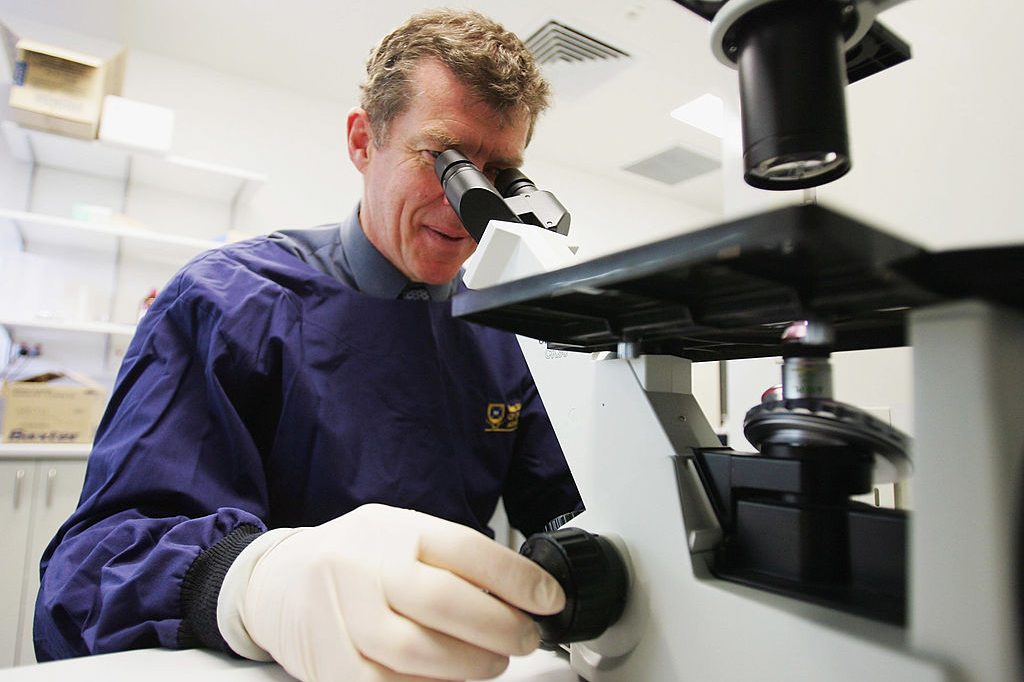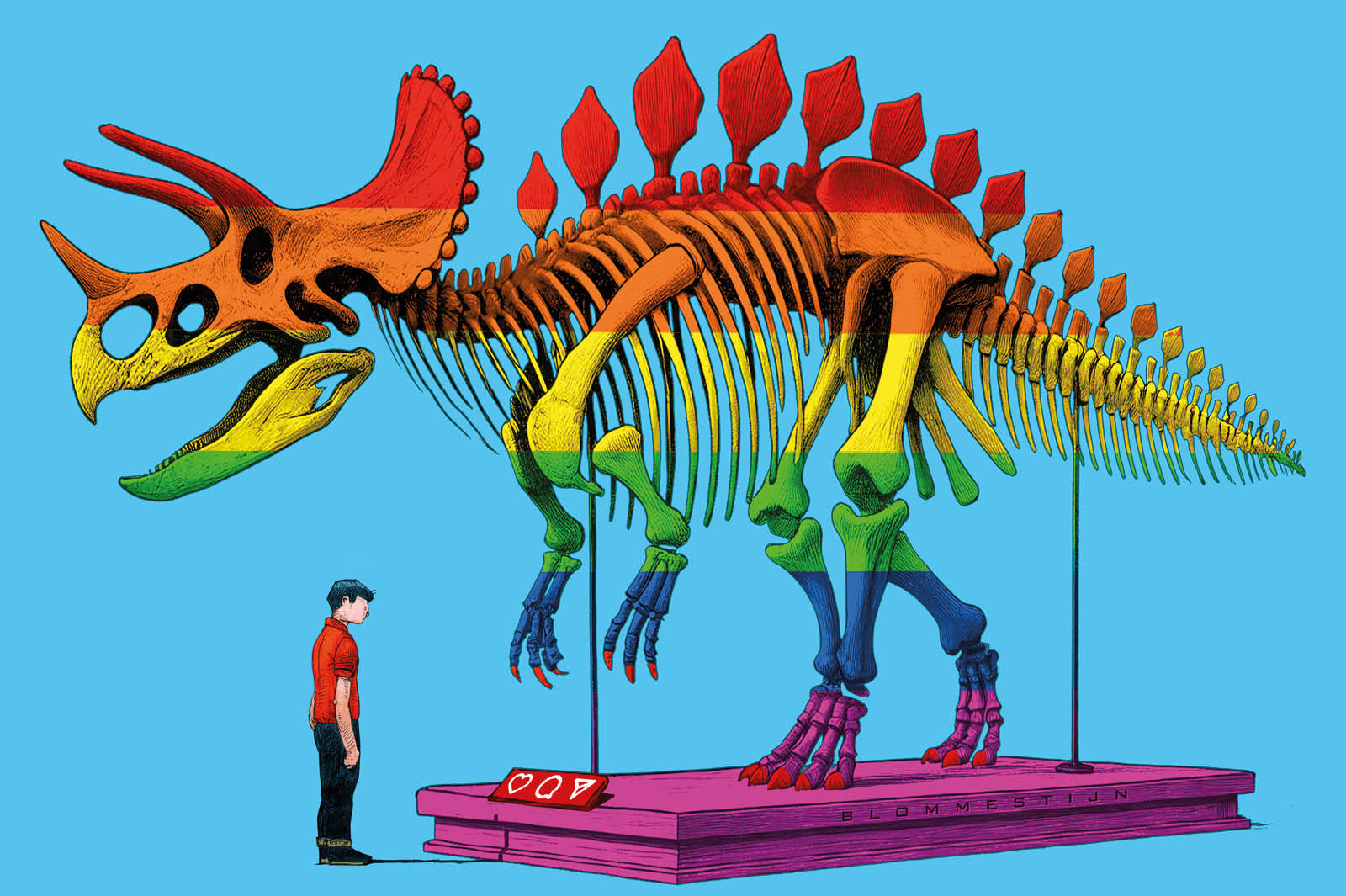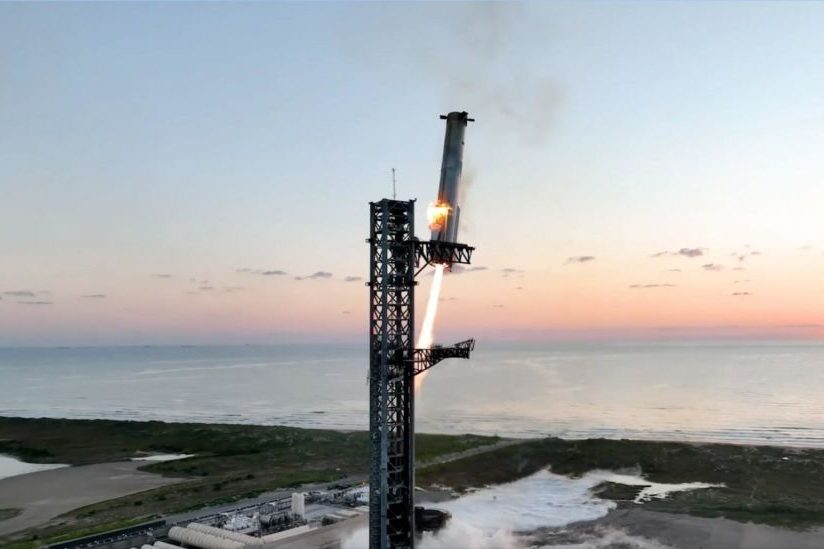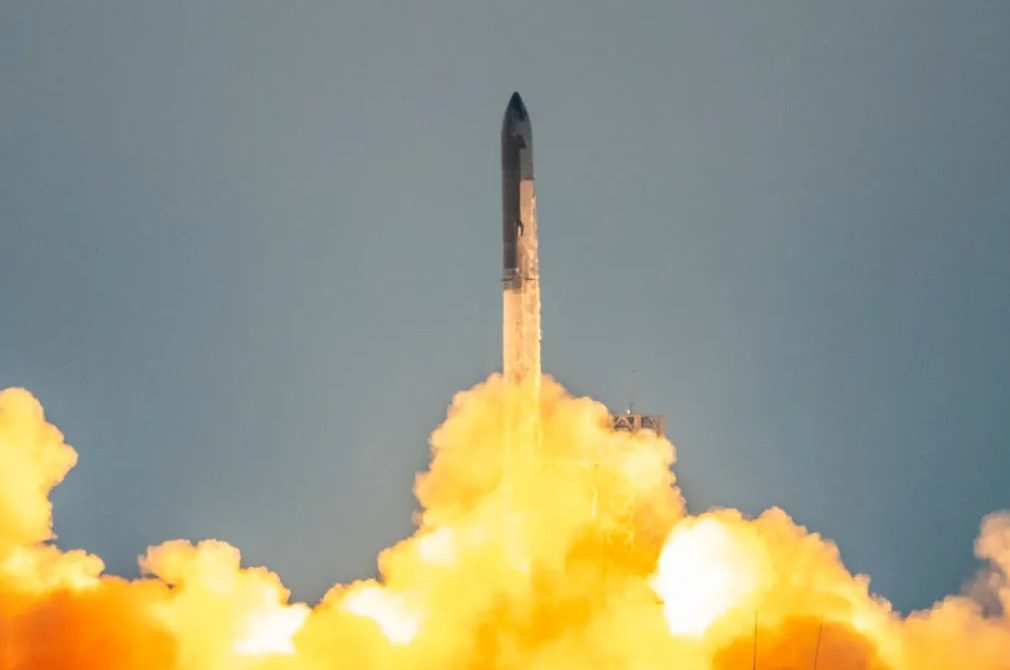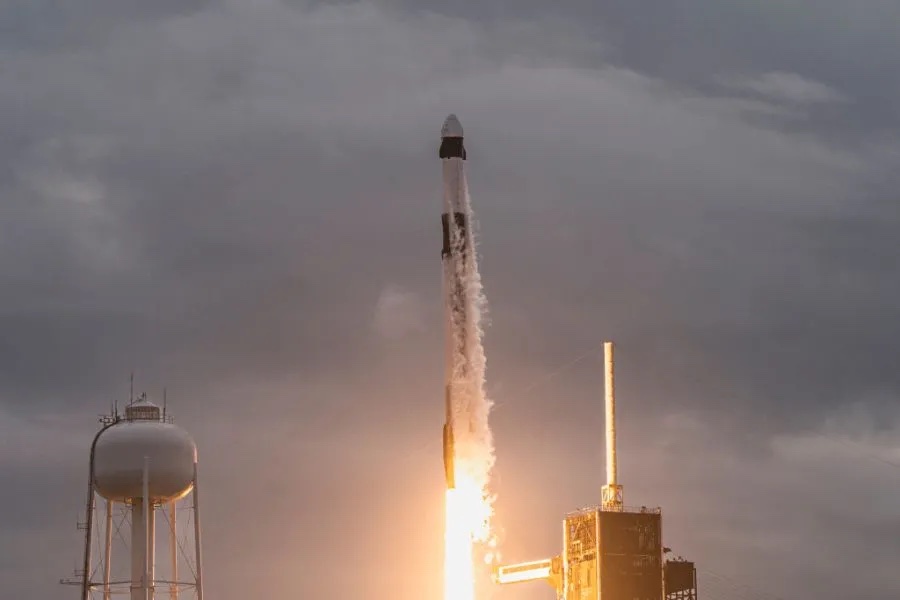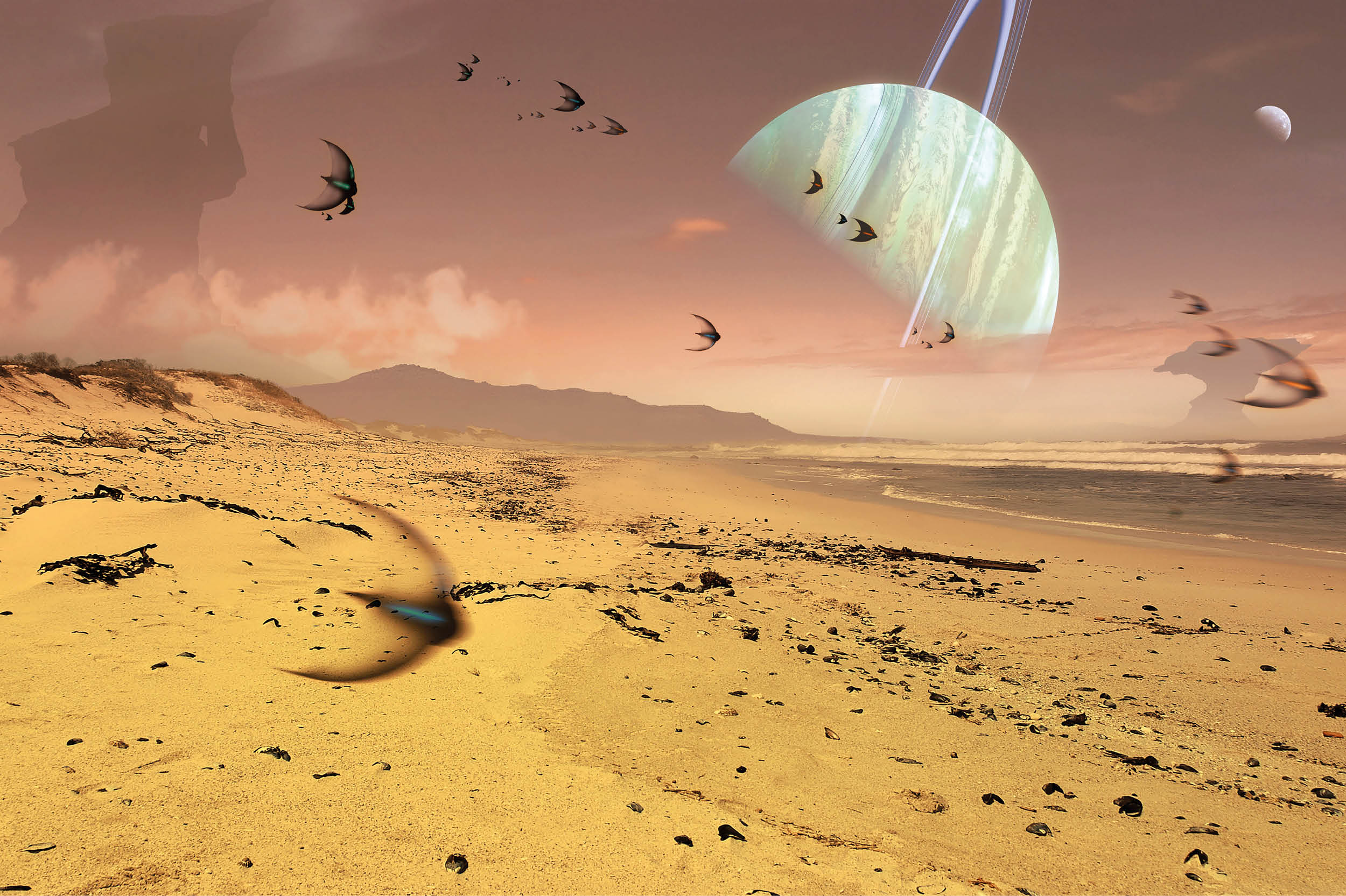The James Webb space telescope, the most powerful telescope ever built, has gathered some extraordinary images since it was launched by NASA just over a year ago. There have been shots of stars on the cusp of death, of stars violently colliding together, and even of ancient galaxies that have challenged our very understanding of the cosmos. But it’s the study of exoplanets — planets outside our solar system — that, for me, really justifies the telescope’s $10 billion price tag.
Since its launch (and for the preceding five years), I have been leading a team of 120 international astronomers working on the James Webb telescope, gathering images of exoplanets. Roughly speaking, there are four types: gas giants like Jupiter and Saturn; Neptunians, which typically have hydrogen- and helium-dominated atmospheres with cores of rock and heavier metals; super-Earths, bigger than our planet; and Terrestrials, which are compact with rocky surfaces, like Mercury, Venus, Earth and Mars. The vast majority orbit a star, though there are sunless rogue exoplanets that roam the galaxy in perpetual darkness.
Over the past decade or so, we’ve begun to understand just how widespread these planets are, including those resembling our world, known as exo-Earths. The first exoplanet, a Jupiter-like planet, was not confirmed until the early 1990s. Then, with the launch of the Kepler space mission in 2009, we began discovering a startling array of various solar systems with exotic planets orbiting their stars.
To date, we have spotted 5,332 confirmed exoplanets, orbiting in some 3,931 planetary systems. But this isn’t even the tip of the iceberg. For perspective: there are around 100 billion stars in our Milky Way. Since we now know from various space missions that most stars host planets, this begins to give you an indication of just how many exoplanets could exist in our galaxy. And then, beyond our galaxy, there are estimated to be 200 billion galaxies in the universe, each containing potentially hundreds of billions of stars with their own exoplanets.
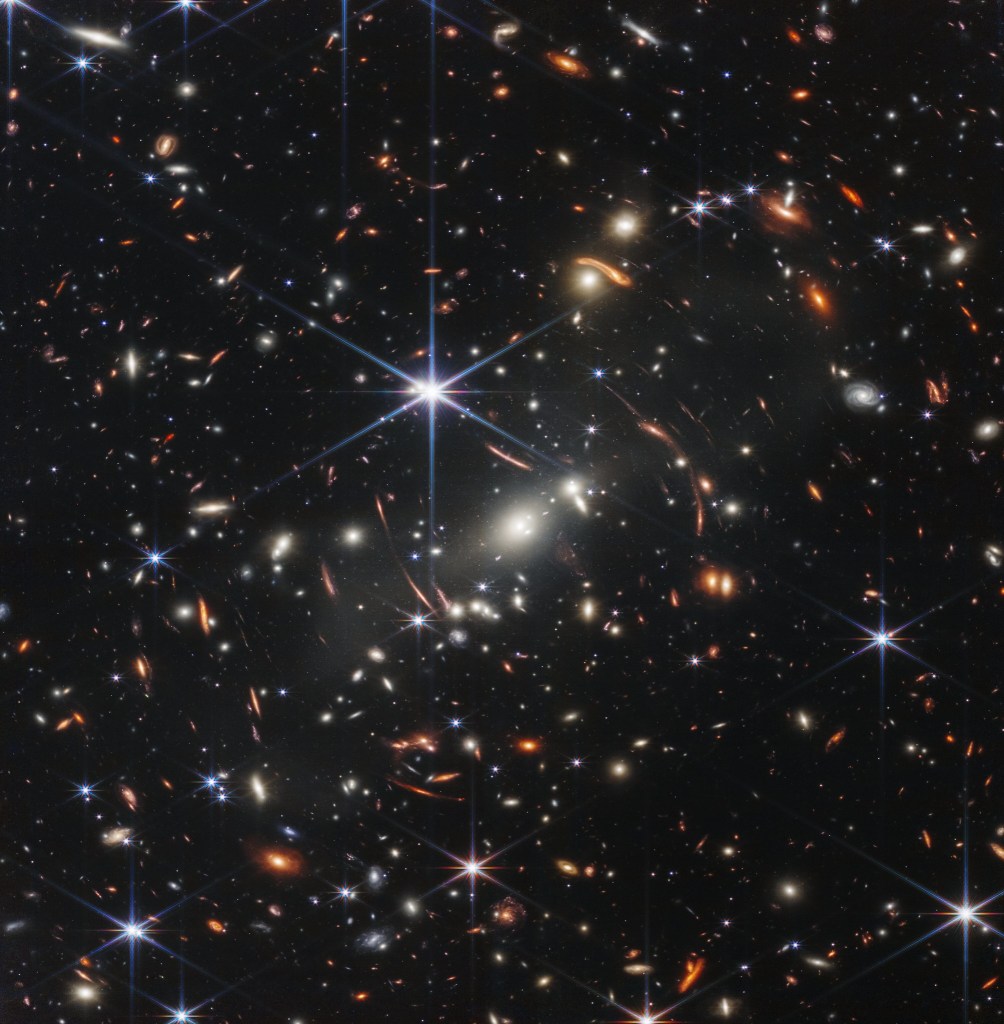
In the landmark 1980 television series Cosmos, the astronomer Carl Sagan provocatively posed the question: are there a greater number of planets in the universe than grains of sand on all the beaches on Earth? Almost half a century later, various space missions, including the James Webb telescope, have given the answer. There are more planets than grains of sand — and not by a little, but by a lot.
As Sagan said: “We live on an insignificant planet of a humdrum star lost in a galaxy tucked away in some forgotten corner of a universe in which there are far more galaxies than people.” The difference today, however, is that we know the universe is far bigger than was thought back then. Which raises the question: are we alone in the universe?
The obvious conclusion from all this is that the likelihood of life existing in some form in the universe is quite high. Indeed, I would go as far as to say that it is looking increasingly likely that the detection of life on an exoplanet will happen in my lifetime. (I am not yet fifty.)
Already, many of the exoplanets we’ve observed are in habitable zones, known as the “Goldilocks zones.” This means that they orbit their stars at a distance that is not-too-hot or not-too-cold, a location that is ideal for liquid water to exist for most of a planet’s lifetime, which is one of the first necessary criteria for life to form.
Terrestrial planets (like our own) are prime candidates for hosting life, as they are more likely to have hard surfaces and liquid water oceans. Oceans can have a profoundly stabilising effect on the climates of these planets, giving nascent life forms the stability needed for evolution to happen.
One of the best candidate planetary systems to search for signs of life on another planet is TRAPPIST-1. This is a system of seven roughly Earth-sized planets in the constellation of Aquarius, closely orbiting a very dim and cool star, not much larger than Jupiter. According to my colleague Björn Benneke at the University of Montreal, three of the planets in TRAPPIST-1 orbit in the habitable zone of their host star. Efforts are already under way to target these three planets with the James Webb telescope to search for what scientists call “biosignatures.”
Now, to be clear, the detection of life on another planet will not necessarily mean an alien civilization exists on another planet, nor that we are about to have some form of communication with such lifeforms. The evidence of the discovery of life will probably be found by observing imbalances in ratios of chemical species (ozone and carbon dioxide, for example), which would not otherwise naturally exist without possibly some form of biological activity driving this disequilibrium.
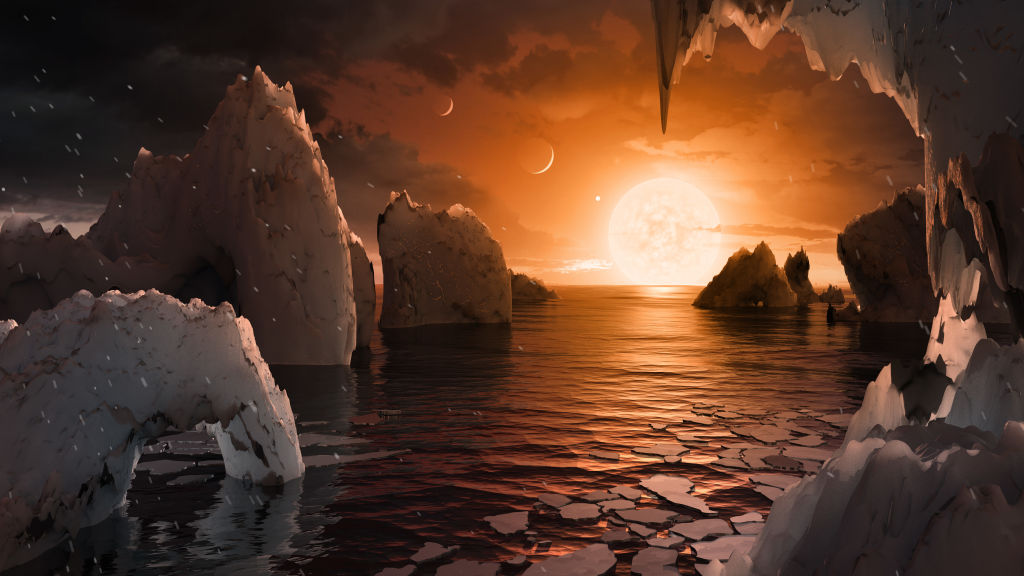
Sceptics of the claim that biosignatures will be detected in my lifetime might point to the “Fermi Paradox” — a discrepancy raised by the Italian physicist Enrico Fermi in 1950 when he asked the question: “Where is everybody?” Or put another way: if the likelihood of extra-terrestrial life is so high, then why is there such a lack of evidence for it so far? Regardless of this conundrum, human progress means the hunt for evidence is only speeding up as technology progresses. And make no mistake, NASA and numerous academic colleagues are taking the study of life on other planets very seriously. Astrobiology, in particular, is a major focus today for NASA. It has even recently become a well-respected academic subdiscipline in astronomy, with dedicated academic journals and conferences hosting contributions from biologists and chemists as well as astronomers.
Every decade, the National Academy of Sciences in the United States convenes a panel of experts to make ambitious recommendations for potential future breakthroughs in astronomy that should be pursued, and hence direct where the funding should go. Two years ago, the primary recommendation was to charge NASA with the task of developing a space mission to search for biosignatures on exoplanets by the 2040s. The panel’s recommendation to “think big” on projects like this was a reminder that such efforts truly have the potential to change the way humans view our place in the universe.
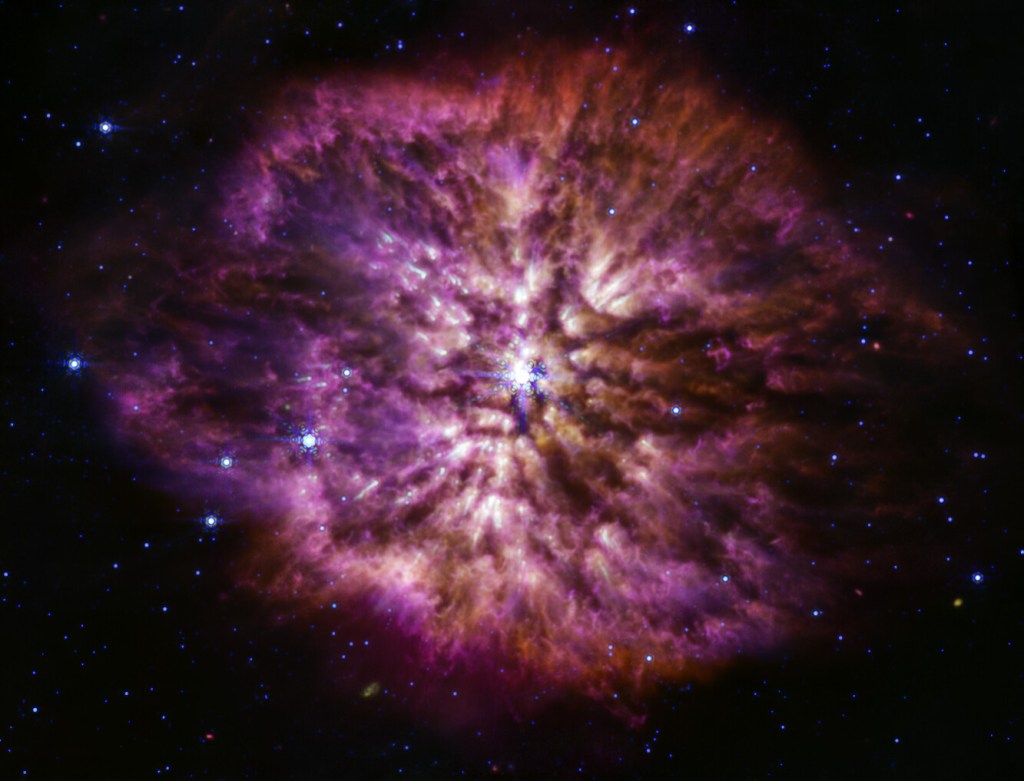
Even with all the technical achievements showcased by the James Webb telescope and other exoplanet missions launched by NASA, this will be incredibly hard work. Studying and characterizing exoplanets is not a straightforward task (hence why we have only identified several thousand when we know there must be trillions).
So far, the vast majority of exoplanets discovered have not been detected directly. We have determined their presence either by observing a shadow they’ve cast while passing in front of their host star, or by seeing a subtle wobble they have induced on such a star.
The issue with trying to take images of an exoplanet is the difficulty in overcoming the incredibly bright glare given off by the planets’ host star, which is vastly brighter than the planet closely orbiting around it. For the past twenty years, astronomers like me have been working on trying to develop instruments and software that will give telescopes the ability to discern the faint light of an exoplanet from that of its host star.
To get a sense of the challenge that astronomers face, imagine sitting in New York trying to take a picture of a firefly (the planet) fluttering around a searchlight (the star) that is pointing directly at you. Now try doing the same task but with the firefly and searchlight placed in Washington, DC. Efforts like this have already returned direct images of a handful of exoplanets — not exo-Earths yet, but massive super-Jupiters.
Even if we need to wait a couple of decades for a future space telescope to detect biosignatures on an exoplanet, the James Webb telescope will bring us closer than ever before to achieving this goal. It might also be able to tell us something about the birth story of exoplanets, and thus help to place our own origins in context. After all, if we know how our planet came into being it could reshape our entire thinking about the cosmos and our place in it.
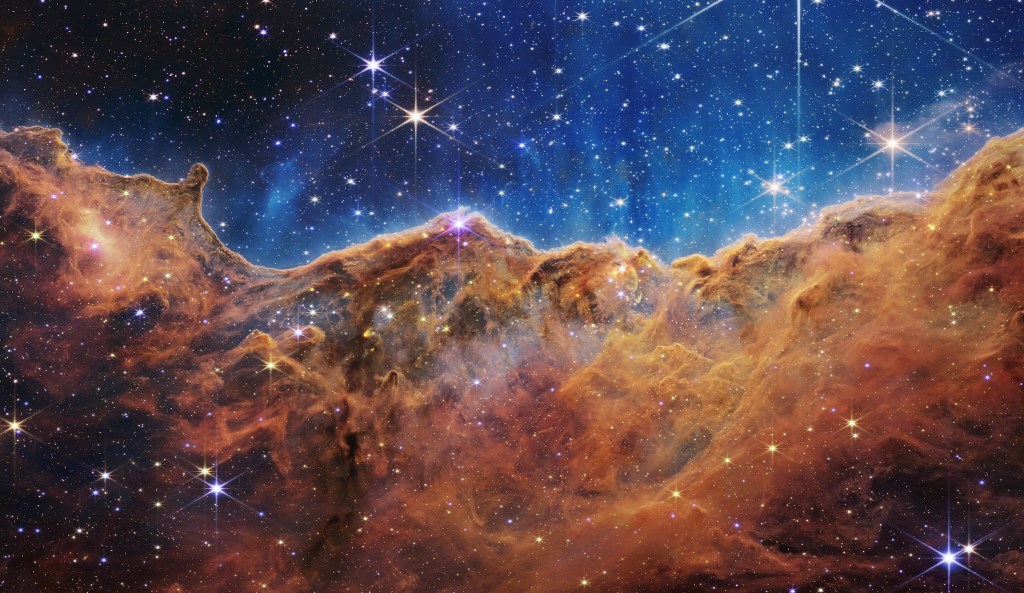
Understanding precisely what combination of elements planets are made of (say, the ratio of carbon to oxygen) might tell us something about where in the vicinity of their stars they formed. For example, a planet which formed by gradually gobbling up material in its circumstellar disk as it orbited its host star will have a very different makeup than a planet that formed more like its host star via the collapse of an interstellar cloud. Astrophysicists will be able to trace these chemical fingerprints into a coherent narrative of how planets are born and evolve.
Three decades ago, we hadn’t yet found an exoplanet. We now know of thousands. We know, too, that the sheer number of these planets waiting to be identified is hardly even comprehensible. Written numerically, it would be 1 followed by twenty-two zeros (a billion is nine zeros, for perspective).
With so many planets lurking around our universe, it won’t be much longer until we discover we aren’t out here all alone.
This article was originally published in The Spectator’s UK magazine. Subscribe to the World edition here.



